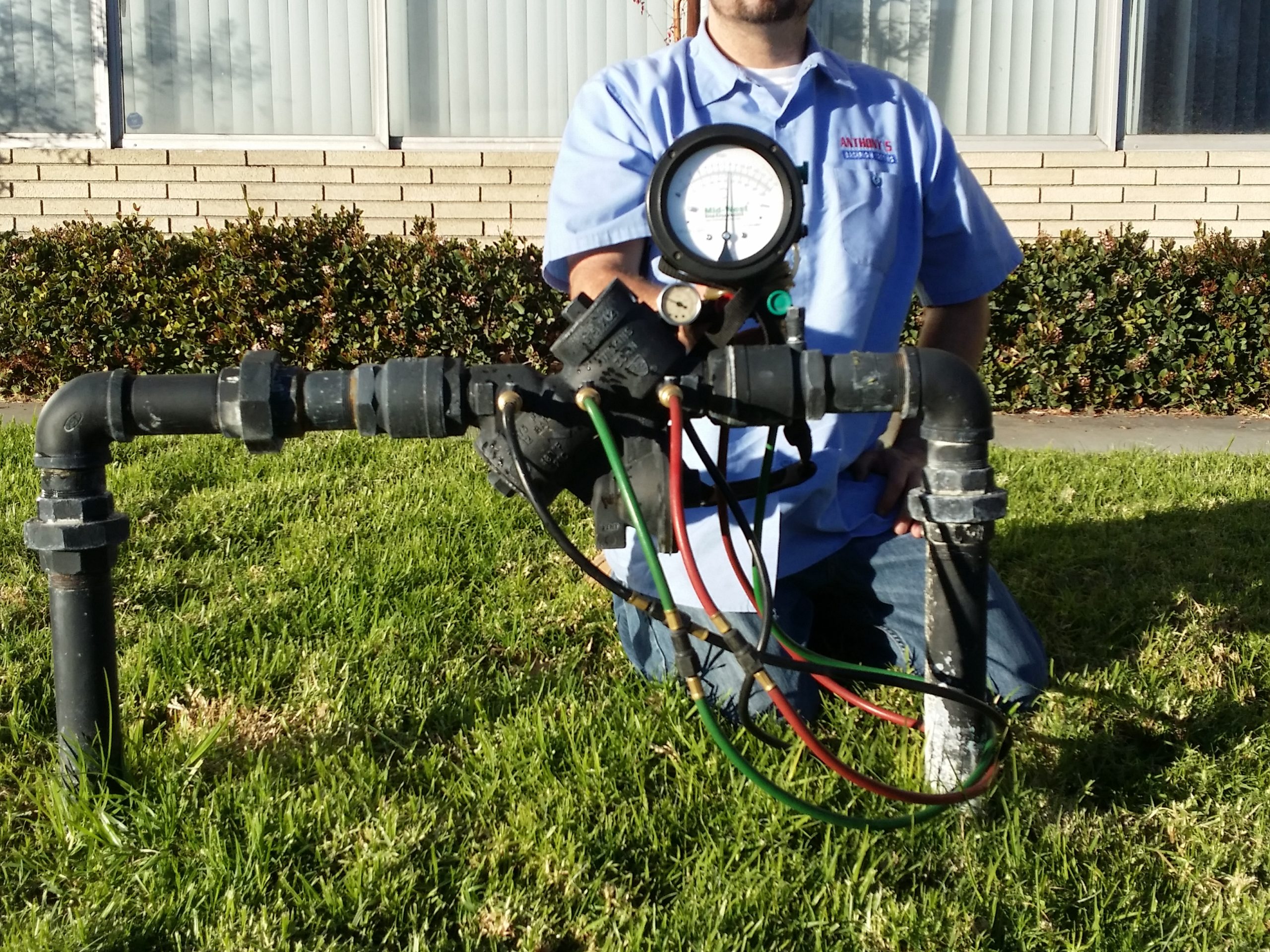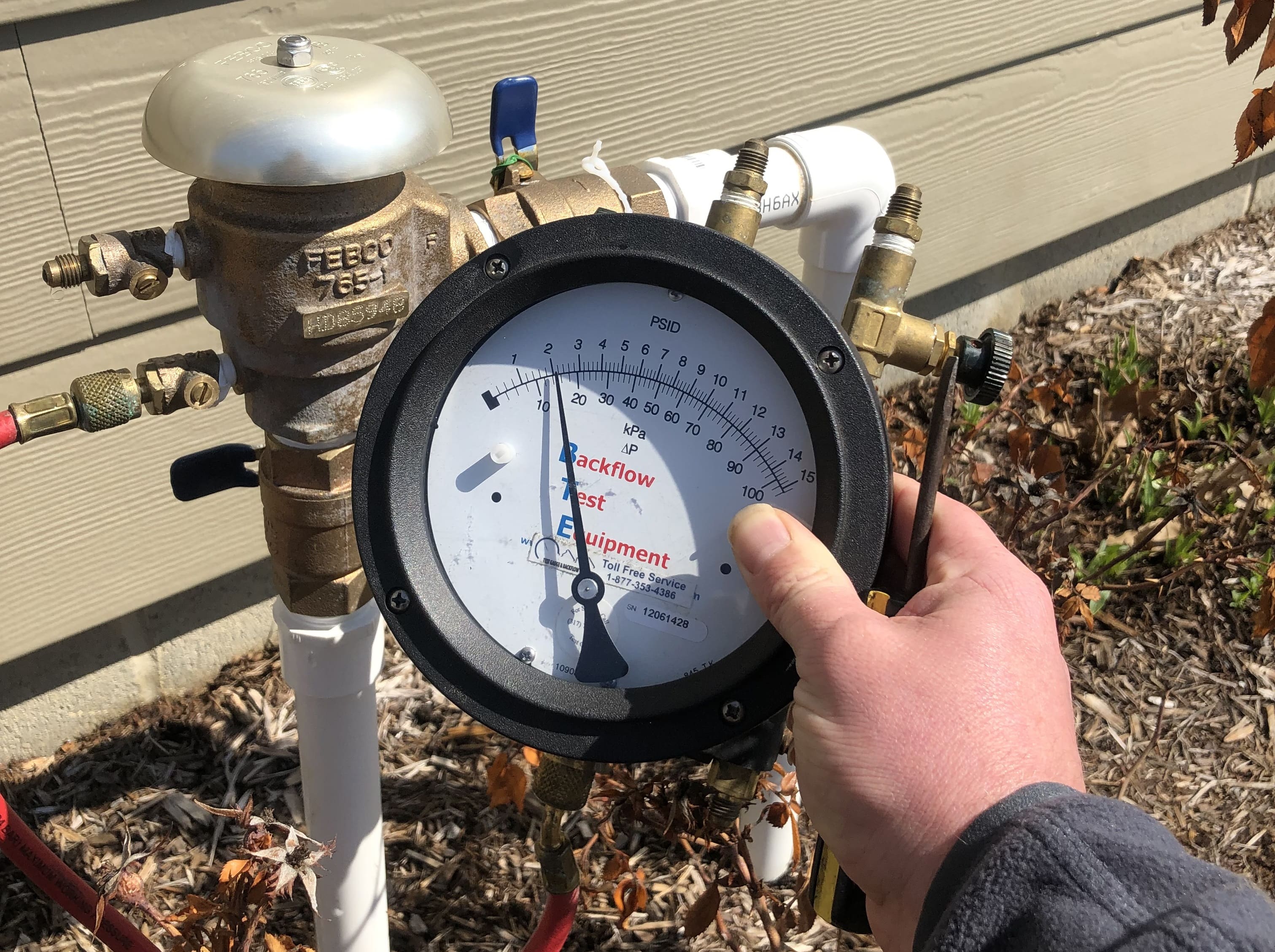Presented here in the next paragraph you will discover some incredibly good guidance relating to What is Backflow Testing?.

Yes, you need to backflow examination your home's water supply to make certain that the water is devoid of toxins and also harmful degrees of chemicals. You should not attempt to perform heartburn screening on your very own since of the devices called for and space for mistake. We advise that you call an expert plumber every couple of years to check your water.
What is Heartburn?
In other words, backflow is when water moves upwards-- the opposite direction in the plumbing system. This is also called "backpressure." When the water relocates this instructions, it can mix with dangerous toxins and pose a risk.
What Triggers Heartburn?
A typical cause of backflow is a loss of water stress that creates the water to siphon back right into the water supply. After some time, there is a loss in water stress as well as the hose pipe starts to suck the water back right into the water supply. As you can picture, there are now chemicals from the paint that are getting in the water supply, potentially presenting a threat.
Backflow Screening is Needed by Law in Specific Cities
Depending on where you live, you might actually be needed by regulation to backflow test your regulation. Iowa City maintains a record of all homes offered by the city's water supply.
You Can Prevent Heartburn
Unsafe backflow is quickly preventable if you have a specialist plumber set up a heartburn device. The plumber will certainly likewise evaluate for backflow and identify if there is an active threat. The primary function of a backflow device is to prevent water from streaming backward right into your water. Plumbing technicians install the tool on the pipelines in your residence to ensure that the water only moves in the appropriate instructions.
Backflow Can Influence Both You and Your City
Since hazardous heartburn can impact the public water supply in enhancement to a single structure, numerous cities develop backflow guidelines. Contemporary cities have backflow tools in place that secure the water supply that comes from many residences and commercial residential properties. The actual threat comes from irrigation systems, which can damage the water supply with poisonous plant foods, manure, and various other chemicals.
Call a Plumber to Evaluate for Backflow Before It is Far too late
While it might seem grim, contaminated water can bring about terrible microbial as well as viral infections that are hard to treat. If there are any kind of unsafe chemical degrees, a plumbing firm can quickly test your residence's water to determine. The tiny investment is if you can avoid the torment that comes from consuming polluted water. And also if you do find that your water has high degrees of toxins, a plumber can conveniently mount a backflow prevention tool.
Yes, you need to backflow test your house's water supply to guarantee that the water is cost-free of toxins and also unsafe degrees of chemicals. A normal cause of heartburn is a loss of water stress that creates the water to siphon back into the water supply. After some time, there is a loss in water pressure and the tube starts to suck the water back into the water supply. The main objective of a heartburn gadget is to avoid water from flowing in reverse into your water supply. Many cities establish heartburn standards due to the fact that unsafe heartburn can influence the public water supply in addition to a single structure.
WHY DOES BACKFLOW TESTING NEED TO BE DONE EVERY YEAR
What Is Backflow?
Toxic gas backing up into a building is one example of potential backflow issues, but backflow can occur in many other ways.
Backflow is generally referred to as the reversal of a liquid or gas in a plumbing system.
Most issues for the public occur with backflow resulting in contaminated drinking water. If you look up backflow issues online you’ll probably find references to “potable” water. That means drinking water.
There have been backflow issues in the past with drinking water. Chemicals, sewage and other contaminants have found their way into drinking water causing health issues for those that count on the fresh water.
What Causes Backflow?
In a residence or commercial building water generally flows one way. This normal flow is usually driven by consistent pressure in the water and waste system.
Anything that changes the normal pressure in the system can lead to backflow.
Fire hydrant use or malfunction can reverse the normal pressure in the system on a city line, but backflow can occur in a number of different ways.
Sometimes backpressure might be caused by someone using a garden hose and submerging the end of the hose in a pool of liquid. If pressure is lost the flow could reverse and contaminants could be released into the drinking water.
Anytime there is a connection between contaminants and the drinking water there is potential for a backflow issue. Sometimes these connections are not immediately obvious like the garden hose connecting to a building’s drinking water supply.
Backflow Regulations
The Environmental Protection Agency (EPA) provides guidelines and regulations for state and local governments regarding backflow. State and local governments also have their own guidelines and regulations for backflow prevention.
Arizona has its own backflow regulations.
Due to issues with backflow in the past, regulations require backflow preventer devices to be used in nearly all residential and commercial buildings.
A backflow preventer is a device that prevents backflow as cross-connection points where potential backflow issues may occur.
While backflow is not a common occurrence, preventers are in place to make sure there is no contamination should something malfunction or go wrong with a building’s water supply.

Hopefully you enjoyed our topic on Backflow Assembly Testing. Thanks so much for taking a few minutes to read our short article. Are you aware of somebody else who is fascinated with the niche? Please feel free to share it. Thank-you for taking the time to read it.
24/7 helpline active.